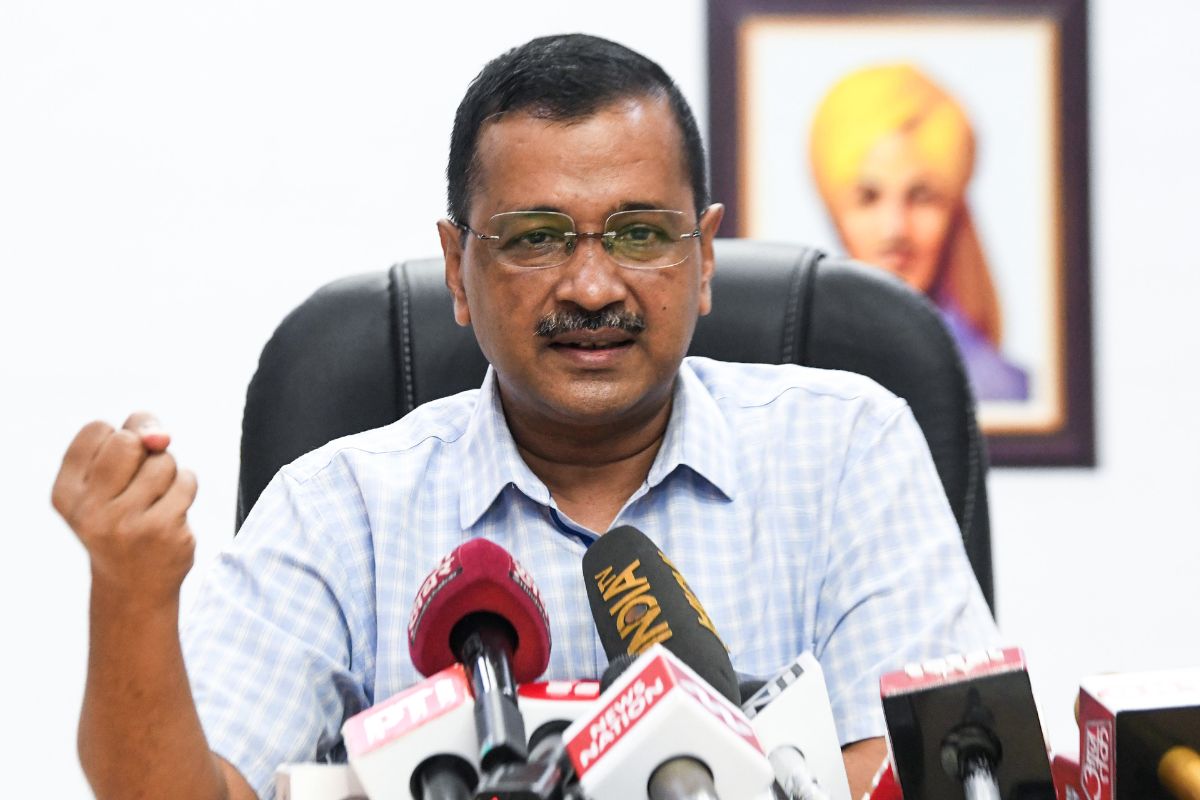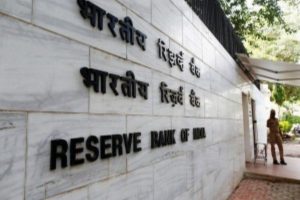In a move to ensure equitable access to clean drinking water to all its citizens, the Delhi government has launched a pioneering initiative — water ATMs in various areas across the national capital.
The initiative aims to eliminate the reliance on water tankers and empower communities with reliable and convenient access to safe drinking water.
Advertisement
Chief Minister Arvind Kejriwal inaugurated the first water ATM at Mayapuri Phase Two Khajan Basti, marking the beginning of a new era for water distribution in the city. With this, the underprivileged sections of Delhi will now have access to the same quality of RO water that has long been accessible to the more affluent segments of society.
Highlighting the significance of this initiative, Kejriwal said the launch of water-ATMs is a crucial step towards ensuring that every citizen of Delhi receives clean and pure water at their doorstep. No longer will the residents in areas without water pipelines have to rely on water tankers or compromised water sources, he said.
The water ATMs operate through a user-friendly system, where consumers are provided with Water-ATM Cards. Each card enables users to collect 20 litres of water per day from the designated RO plants for free. Under the pilot project, four RO plants have already been established, and the process of setting up an impressive network of 500 additional RO plants is currently underway.
Kejriwal visited the Water ATM & RO Plant installed at Khajan Basti in Mayapuri along with Delhi Water Minister Saurabh Bhardwaj and DJB Vice Chairman Somnath Bharti, on Monday. The CM personally inspected the RO water supply system and interacted with officials to gain detailed insights. The Khajan Basti plant comprises two tanks with a combined capacity of three thousand litres.
After passing through RO and microfilters, the water undergoes high-pressure pumping, ensuring an efficient and reliable system. The residents expressed satisfaction with the quality of the RO water, with the Chief Minister also himself tasting the purified water.
After his visit, the Delhi CM tweeted, “In the mission of providing clean water to every house in Delhi, we are also doing a unique experiment like Water ATM. We will start Water ATMs wherever we have to supply water through tankers.”
Addressing the media at the venue, Kejriwal said, “There are several such areas in Delhi where due to high density of population it is not possible to put a new water pipeline. There are several such areas where water is supplied to the citizens through water tankers. Using recent technology the Delhi government has decided to start a new initiative in such areas.”
He added, “We will be installing tubewells, but this can only be done in areas where the water level is high. But usually the issue with installing tubewells is that the quality of the water is not very good. So now we will pass the water that is taken out by the tubewells through an RO.”
He further said, “Once this water becomes clean for consumption we will provide it to the citizens through these taps. It is like a water ATM. Each citizen will be provided a card and using it they can withdraw 20 litres of water per person per day.”
Kejriwal said this unique experiment will bridge the gap between the rich and the poor in Delhi. “We are all aware that it is the rich people who usually have RO facilities in their households. Now with this facility the poor families in Delhi will also be able to receive clean water from the RO. Also, 20 litres per person per day is a lot of water, so there will not be any water shortage for any person,” he said.
He added, “Earlier we had water tankers supplying water in these areas and there often used to be fights while standing in the queue to receive water. In those areas where there were tubewells, the water sometimes was not as clean as it should be and this used to bother the citizens.”
He concluded by saying, “But now we have piloted this facility in four areas of Delhi and the response has been very good. But now in the coming few months, we will bring this facility to other areas of Delhi where until now the water was being supplied by water tankers as it was not possible to spread water pipelines in these areas. In the next phase we will be starting this facility in around 500 locations. But now every citizen in such an area will be provided with this card and through it they can withdraw 20 litres of water per day.”











